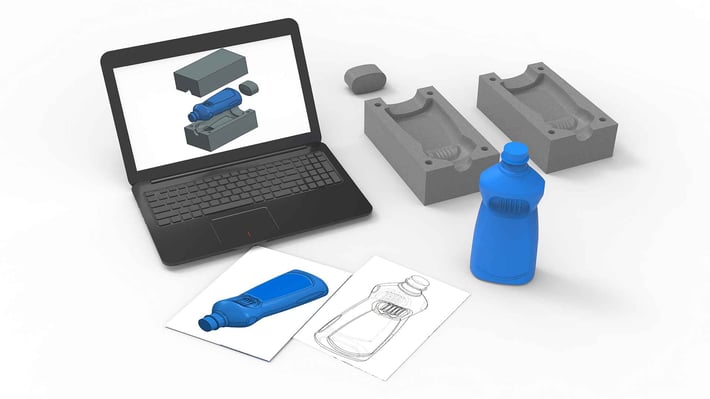
Your custom injection molded products are only as good as the designs on which they are based. The injection molding process is delicate and complex, requiring precision designs and specifications to ensure a quality end product. Everything from the size and shape of the components to the strength requirements must be factored into the design in order to optimize the production process.
Moreover, there are a multitude of unique thermoplastic materials to choose from. In order to optimize your products for both cost and functional performance, we must consider (and sometimes test) numerous different materials in the design phase.
These vital steps within the product development process are commonly referred to as design for manufacturability (DFM). Essentially, the goal is to make your injection molded products easier to manufacture with a more accurate repeatable process, all while minimizing costs and maximizing end quality.
Initial Design Considerations for Injection Molded Products:
Functional Performance and Strength Requirements
To arrive at an optimum product design, we must thoroughly consider the end product’s use case. The product must perform as expected for as long as expected in real-world scenarios. Sometimes that means changing up the design to add durability in key locations; other times it requires testing different materials and modifying the design as necessary.
Product Shape and Size
The different shapes and overall size of the product are also critical design factors. There are different parameters for designing and manufacturing injection molded small parts efficiently, compared to large components. The same is true for highly complex components with precision tolerances, compared to more basic products. In some cases, there are even steps we can take to simplify the design and further improve manufacturability (discussed below).
Intended Price Point
Of course, you must also factor the marketplace into your product design process. The injection molding process and chosen materials must be optimized so that the end product meets your cost goals – otherwise you may wind up with great products that are unfortunately priced out of the market.
Other Design Considerations Specific to Injection Molding Services:
Reducing the Number of Components – More molded components means more chances for dimensional incompatibility and more cost. A simpler product design with as few parts as possible is easier to manufacture accurately, repeatably, and cost-effectively.
Minimizing the Need for Post-Molding Operations – Adding to the above, we also want product designs which minimize the amount of work required after molding, such as machining or thread-tapping.
Relax the Tolerances Where Possible To Ensure It Lands There – With a proper process, the dimensions of your final part will principally be a function of your tool. With that stable process, you will get that same part dimension from run to run … to run. Where that point will be in your tolerance range can be a challenge to predict, but holding that final dimension is something that injection molding is great for. Trouble comes when a molder tries to cheat the process and make the tool to do something it isn’t made for. Sure, it sounds cool when someone says they can hold a tolerance. The reality is that you should develop a stable process and then adjust any tool inconsistencies to achieve your desired tolerance.
Take Assembly Processes into Account in Your Design – The easier it is to assemble a part, the faster they will be assembled and the fewer problems will arise. We also want to make sure there is no ambiguity in the way different components fit together.
Consider How a Design Impacts the Packaging and Shipping of Parts – Products that are easier to package and ship require less time and packaging materials, saving you handling costs and ultimately making your products more sustainable.
Achieving an Optimized Material Solution for Your Custom Injection Molding Project
Product design is integral to ensuring efficient and reliable injection molding services. The design for manufacturability (DFM) experts at AIM Processing can help you arrive at a truly optimum design for your custom molded products. As one of the Denver, Colorado region’s leading molding companies since 1993, we know what it takes to develop quality, cost-effective molded plastics for virtually any industry.

 SINCE 1993 MADE IN USA
SINCE 1993 MADE IN USA 

